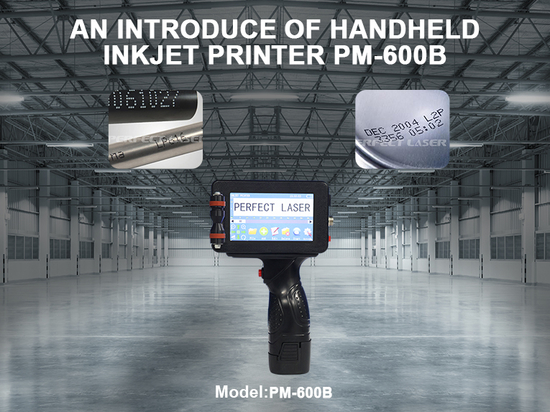
#Industry News
How to judge the quality of a laser cutting machine?
the quality of a laser cutting machine
With the development of China's industry, the development of manufacturing equipment is more and more mature. Laser cutting equipment is widely used in all walks of life. So how do we judge the cutting quality of a laser cutter? The good and bad of a laser cutting machine is the best way to intuitively determine the performance of laser cutting equipment, here listed some criteria for your reference.
1. Cutting roughness. Laser cutting section will form vertical lines, the depth of the lines determines the roughness of the cutting surface, the shallower the lines, the smoother the cutting section. The roughness not only affects the appearance of the edge, but also affects the friction characteristics. In most cases, the roughness should be reduced as far as possible, so the shallower the grain, the higher the cutting quality.
2. Cutting width. Generally, the cutting width does not affect the cutting quality. Only when a particularly precise contour is formed inside the component, the cutting width has an important influence. This is because the cutting width determines the minimum inner meridian of the contour. So to ensure equal accuracy, no matter how wide the cut, the workpiece in the laser cutting machine processing area should be constant.
3. Cut lines. When cutting thick plates at high speed, the molten metal does not appear in the cut below the vertical laser beam, but instead spurts out behind the beam. As a result, curved lines are formed at the edge of the cut, closely following the moving laser beam. In order to correct this problem, reducing the feed rate at the end of the cutting process can greatly eliminate the line formation of the lines.
4. Cut burrs. Burr formation is a very important factor to determine the quality of laser cutting, because burr removal requires extra work, so the severity and amount of burr can be directly judged the quality of cutting.
5. Material deposition. The laser cutter hits a special liquid containing oil on the surface of the workpiece before it begins to melt the hole. Gasification and the various materials do not require wind to remove the incision, but the upward and downward discharge will also form deposits on the surface.
6. Sag and corrosion. Sag and corrosion have an adverse effect on the surface of the cutting edge, affecting the appearance. They show up in cutting errors that should normally be avoided.
7. In the laser cutting of heat-affected area, the area near the incision is heated. At the same time, the structure of the metal changes. For example, some metals harden. The heat affected area refers to the depth of the area where the internal structure changes.





